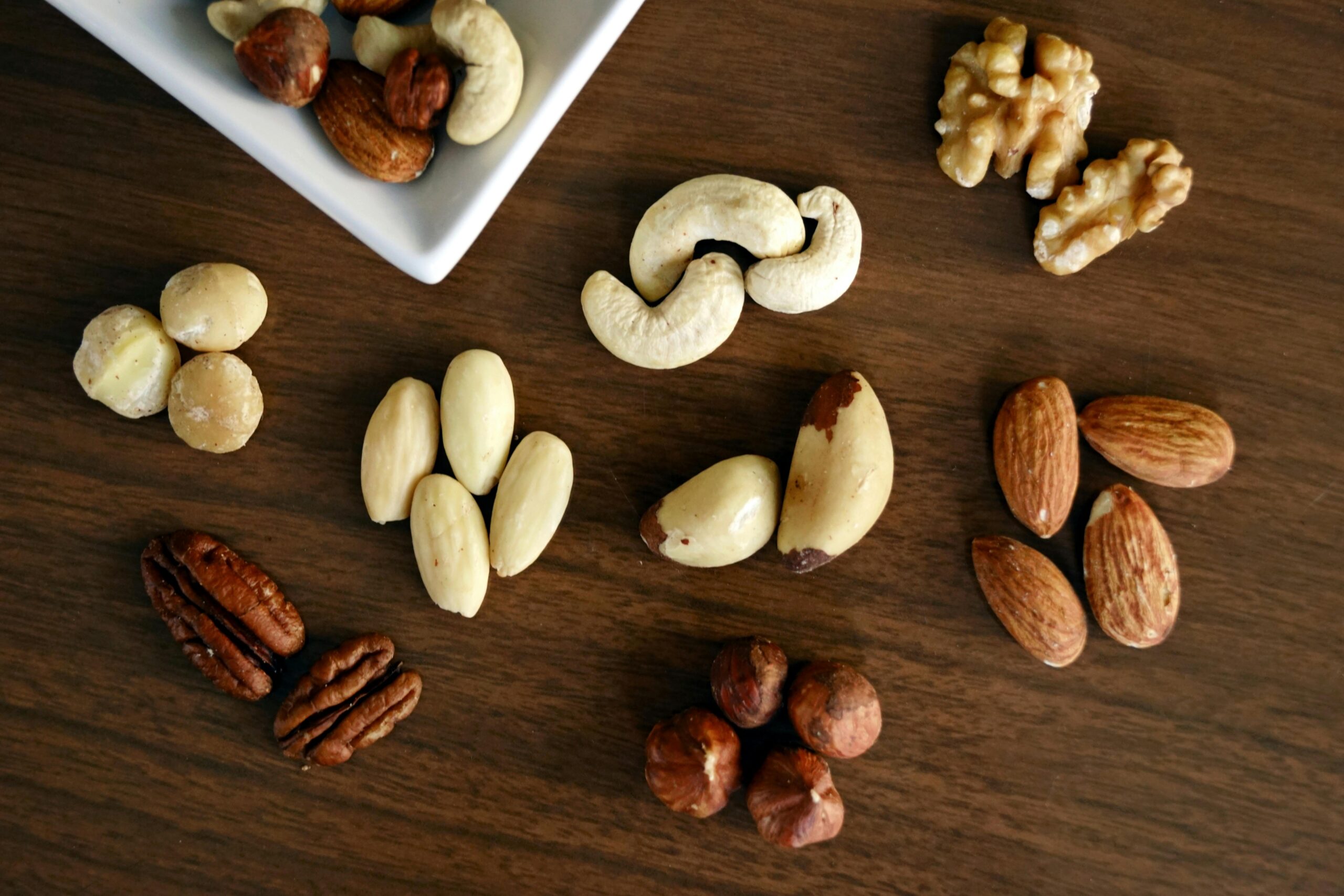rice The Ultimate Guide to Rice: Types, Benefits, and Cooking Tips
Focus Keyword: Rice
Introduction
Rice is one of the most widely consumed staple foods in the world, feeding over half of the global population. Whether it’s steamed, fried, boiled, or baked, rice plays a crucial role in various cuisines. But with so many types, cooking methods, and health debates surrounding rice, many people still have unanswered questions.
In this comprehensive guide, we’ll explore:
– The different types of rice and their uses
– The nutritional benefits of rice
– Common myths about rice debunked
– Best cooking techniques for perfect rice every time
– How rice compares to other grains
By the end, you’ll have a deeper understanding of rice, helping you make better dietary choices and cook it like a pro.
—
Types of Rice and Their Best Uses
Not all rice is the same. The grain’s length, texture, and aroma vary, making some types better suited for specific dishes.
1. White Rice
– Description: Polished to remove the bran and germ, giving it a mild flavor and soft texture.
– Best for: Everyday meals, stir-fries, sushi, and side dishes.
– Varieties:
– Jasmine Rice (fragrant, slightly sticky, great for Thai dishes)
– Basmati Rice (long-grain, aromatic, ideal for biryani and pilaf)
2. Brown Rice
– Description: Whole grain rice with the bran intact, offering more fiber and nutrients.
– Best for: Health-conscious diets, grain bowls, and pilafs.
– Cooking Tip: Requires more water and longer cooking time than white rice.
3. Black Rice (Forbidden Rice)
– Description: Rich in antioxidants, with a nutty flavor and striking dark color.
– Best for: Desserts, salads, and gourmet dishes.
4. Wild Rice
– Description: Technically a grass seed, high in protein and fiber.
– Best for: Stuffings, soups, and mixed rice dishes.
5. Sticky Rice (Glutinous Rice)
– Description: Short-grain rice that becomes sticky when cooked.
– Best for: Sushi, mochi, and Thai mango sticky rice.
—
Nutritional Benefits of Rice
Rice is often criticized for being high in carbs, but it offers several health benefits when consumed in moderation.
1. Energy Booster
– Rice is a great source of complex carbohydrates, providing sustained energy.
2. Gluten-Free & Easy to Digest
– Ideal for people with celiac disease or gluten sensitivity.
3. Rich in Essential Nutrients
– Brown and black rice contain:
– Fiber (supports digestion)
– Magnesium (regulates blood pressure)
– B vitamins (boosts metabolism)
4. Low in Fat & Cholesterol-Free
– A heart-healthy option when paired with vegetables and lean proteins.
—
Debunking Common Rice Myths
Myth 1: Rice Makes You Gain Weight
– Fact: Overeating any food leads to weight gain. Brown rice, in particular, can aid weight loss due to its fiber content.
Myth 2: White Rice is Unhealthy
– Fact: While less nutritious than brown rice, white rice is easier to digest and often fortified with vitamins.
Myth 3: Rice Contains Arsenic and is Dangerous
– Fact: Some rice contains trace arsenic, but rinsing and cooking in excess water reduces levels significantly.
—
How to Cook Perfect Rice Every Time
1. The Rinsing Debate
– White rice: Rinsing removes excess starch, preventing stickiness.
– Brown rice: Optional, but rinsing can improve texture.
2. Water-to-Rice Ratio
– White rice: 1:1.5 (1 cup rice to 1.5 cups water)
– Brown rice: 1:2 (1 cup rice to 2 cups water)
3. Cooking Methods
– Stovetop: Simmer on low heat, then let it steam covered for 10 minutes.
– Rice Cooker: Foolproof method—just add rice and water.
– Instant Pot: Faster cooking with consistent results.
4. Fluffing & Resting
– Always let rice sit for 5-10 minutes after cooking, then fluff with a fork.
—
Rice vs. Other Grains: Which is Healthier?
| Grain | Protein (per 100g) | Fiber (per 100g) | Best For |
|——–|——————-|——————|———–|
| White Rice | 2.7g | 0.4g | Quick energy, easy digestion |
| Brown Rice | 2.6g | 1.8g | Fiber-rich, weight management |
| Quinoa | 4.4g | 2.8g | High-protein, gluten-free |
| Oats | 2.4g | 1.7g | Heart health, breakfast |
Verdict: Brown rice and quinoa are the healthiest, but white rice is still a good energy source.
—
Conclusion: Is Rice Right for You?
Rice is a versatile, affordable, and nutritious staple that fits into almost any diet. Whether you prefer fluffy basmati, chewy brown rice, or exotic black rice, there’s a type for every dish.
Key Takeaways:
✔ Choose brown or black rice for maximum nutrients.
✔ Rinse white rice for better texture.
✔ Pair rice with proteins and veggies for balanced meals.
Now that you know the types, benefits, and best cooking methods, you can enjoy rice in a healthier, more delicious way!
—
FAQs About Rice
Q: Does rice cause diabetes?
A: No, but excessive consumption of refined carbs (like white rice) may increase risk. Opt for brown rice in moderation.
Q: How long does cooked rice last in the fridge?
A: Up to 4-5 days if stored properly. Reheat thoroughly to avoid foodborne illness.
Q: Can I freeze cooked rice?
A: Yes! Freeze in portions for up to 6 months and reheat as needed.
—
By covering types, nutrition, myths, and cooking tips, this guide fills the gap left by other top-ranking rice blogs. Whether you’re a home cook or a health enthusiast, you now have the ultimate resource on rice!
Would you like any additional sections or refinements? Let me know how I can enhance this further! 🚀



Leave a Reply